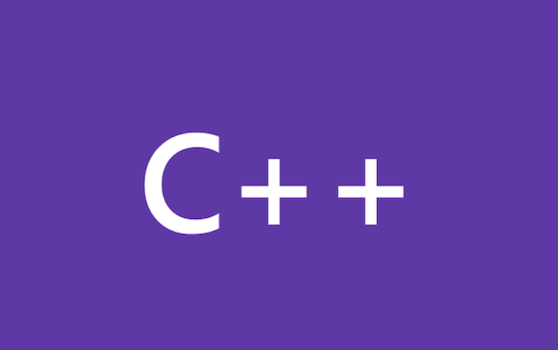


More Q&A for the C++ AMP book

Check out the new C++ AMP book by Kate Gregory and Ade Miller

Project Austin Part 4 of 6: C++ AMP acceleration

Windows XP Targeting with C++ in Visual Studio 2012

C++/CX Part 3 of [n]: Under Construction

Project Austin Part 3 of 6: Ink Smoothing

C++ Runtime for Windows 8 Store apps

Project Austin Part 2 of 6: Page Curling


 Light
Light Dark
Dark